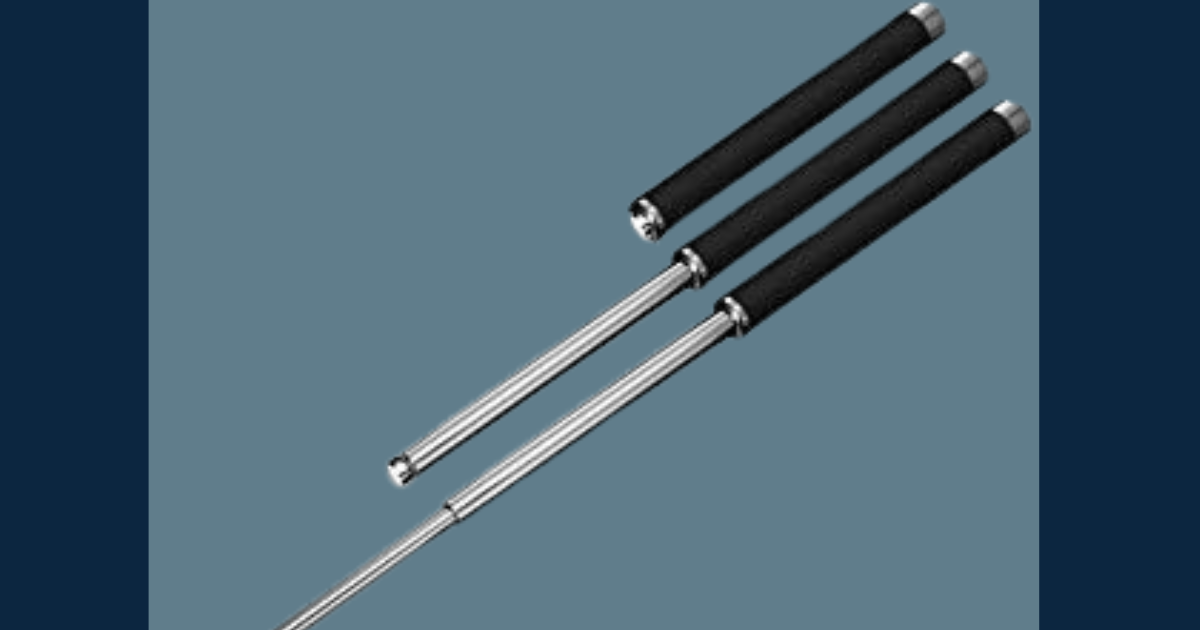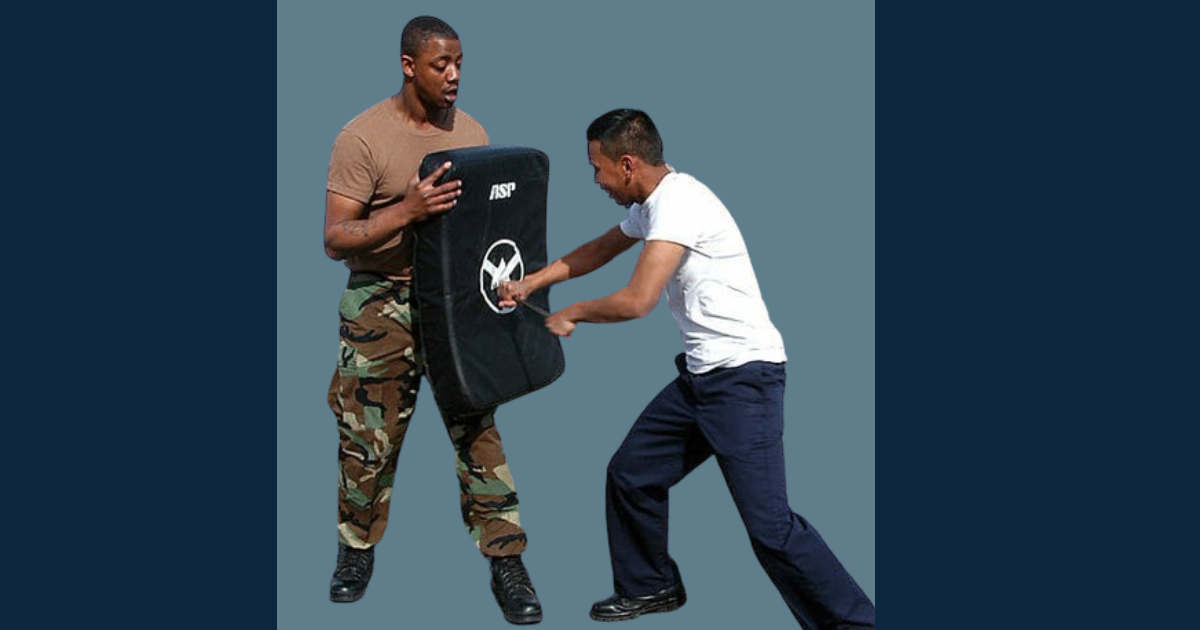Best Self Defense Stick In 2024: In an era where personal safety is paramount, individuals are increasingly seeking effective means to protect themselves. One such tool gaining popularity is the self-defense stick, a versatile and compact instrument designed to empower individuals in the face of potential threats. In this article, we will explore the various aspects of the self-defense stick, from its history and design to its practical applications and legal considerations.
History and Evolution

The concept of using sticks for self-defense is not a recent development. Throughout history, various cultures have employed sticks or staffs as tools for protection. Martial arts disciplines such as Arnis in the Philippines and Jojutsu in Japan have long utilized sticks as integral components of their training regimens.
The modern self-defense stick, however, has evolved beyond its traditional roots. Today, it incorporates materials like reinforced polymers, carbon fiber, and other advanced composites, making it lightweight, durable, and highly effective for personal protection.
Design and Features

Self-defense sticks come in a variety of designs, each catering to different preferences and needs. The telescopic or collapsible baton, for instance, is a popular choice due to its compact size when retracted, allowing for easy concealment. These batons often extend with a swift flick of the wrist, providing a rapid response to potential threats.
Another design is the straight stick, resembling a traditional walking stick. These sticks may have concealed features such as a built-in flashlight, pepper spray dispenser, or even an electronic stun function. The combination of practicality and disguise makes them discreet yet potent tools for personal defense.
Practical Applications
- Striking Techniques: The primary function of a self-defense stick is to provide a means of striking against an assailant. Proper training is essential to maximize the effectiveness of these strikes. Techniques may include jabs, thrusts, and sweeps, all aimed at creating distance and disorienting the attacker.
- Blocking and Parrying: Self-defense sticks are not just offensive tools; they can also serve as effective defensive instruments. Skilled users can employ the stick to block or parry incoming attacks, providing a crucial line of defense before counteracting or creating an opportunity to escape.
- Joint Locks and Controls: Some self-defense sticks are designed with features that enable users to execute joint locks or controls. These techniques are particularly useful in immobilizing an assailant without causing severe harm, allowing for a more measured response to a threat.
Legal Considerations
While the self-defense stick can be a valuable tool, users must be aware of the legal implications associated with its possession and use. Laws regarding the carrying and use of such tools vary by jurisdiction, and it is crucial to familiarize oneself with local regulations.
- Concealed Carry Laws: Many places have strict regulations regarding the concealed carry of weapons, including self-defense sticks. Understanding the legal requirements for carrying a concealed stick is essential to avoid legal complications.
- Use of Force Laws: The use of force in self-defense is generally permitted within certain limits. However, exceeding these limits can result in legal consequences. It is vital to be aware of the laws governing the use of force in your jurisdiction and to use the self-defense stick responsibly.
Training and Skill Development

Owning a self-defense stick is not a guarantee of safety; proper training is essential to harness its full potential. Enrolling in self-defense classes or martial arts programs that specifically incorporate stick training can help individuals develop the necessary skills and techniques.
- Technical Proficiency: Training should focus on developing technical proficiency in wielding the self-defense stick. This includes learning how to extend and retract telescopic batons, execute strikes with precision, and effectively use defensive maneuvers.
- Situational Awareness: Effective self-defense goes beyond physical skills; it requires heightened situational awareness. Training should include scenarios that simulate real-life threats, helping individuals develop the ability to assess and respond to different situations effectively.
Conclusion
The self-defense stick, with its rich historical roots and modern adaptations, stands as a practical and accessible tool for personal protection. However, ownership and use come with responsibilities. Users must prioritize proper training, adhere to legal regulations, and approach the self-defense stick as a means of enhancing personal safety rather than escalating conflicts. By understanding its capabilities and limitations, individuals can empower themselves to navigate the complexities of self-defense in an increasingly uncertain world.